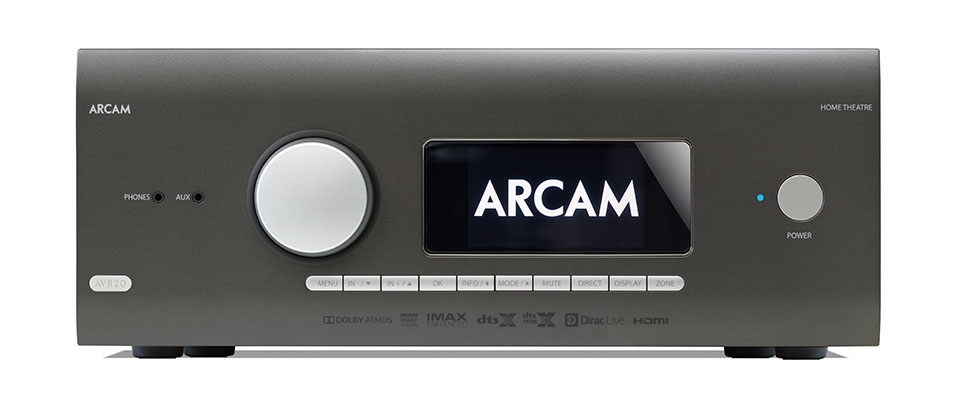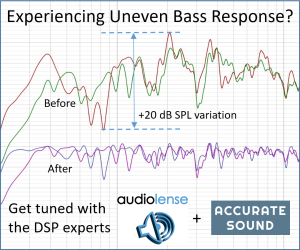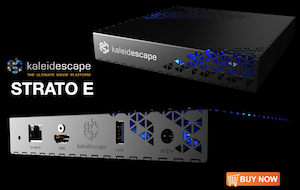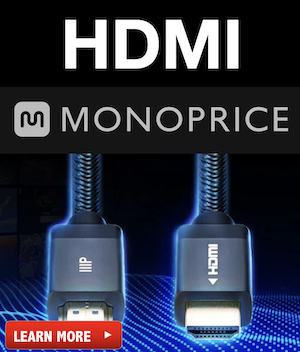FargateOne
Member
Thread Starter
- Joined
- Jun 5, 2017
- Posts
- 296
More
- Preamp, Processor or Receiver
- Rotel RSX-1562
- Additional Amp
- Bryston 3B3 for fronts mains
- Universal / Blu-ray / CD Player
- Cambridge CXU
- Front Speakers
- B&W 804 D2
- Center Channel Speaker
- B&W HTM4D2
- Surround Speakers
- B&W 705
- Subwoofers
- SVS PC-2000 and SVS PC-2000 Pro
- Other Speakers
- 10 PEQ filters/channel in receiver with REW
- Video Display Device
- Samsung UN55ES8000
- Other Equipment
- miniDSP 2x4 HD
I write this post reluctantly, but there comes a time when things have to be said. This is an open letter from a consumer who is disillusioned by Dirac's inability to get its software to work properly, and has been for many years. The situation of the owners of Arcam and JBL is even worse than reported here, and we are still waiting for solutions to many serious problems with the implementation of their software in high-end receivers. In Harman products case bugs are known since more than 2 years now and was begining to be investigated only in 2025...
Dirac is pushing their new ART software in what appears to be a headlong rush into overpriced products to abandon DLBC, which they are unable to make work in the too many brands of (more affordable) products to which they have undoubtedly charged large sums in copyright.
Translated with DeepL.com (free version)
Dirac is pushing their new ART software in what appears to be a headlong rush into overpriced products to abandon DLBC, which they are unable to make work in the too many brands of (more affordable) products to which they have undoubtedly charged large sums in copyright.
Translated with DeepL.com (free version)
To Whom It May (But Probably Doesn’t) Concern,
For the past several months, users have been reporting a persistent and disruptive crossover bug in Dirac Live when used with PAC products (Onkyo, Pioneer, and Integra receivers). Despite its widespread impact—and despite users purchasing this software at a premium—there’s been no visible action, no resolution, and not even the decency of a timeline. At this point, the silence is louder than the bug itself.
Now, with new leadership in place and Dirac pivoting toward larger, more lucrative ventures—such as its recently announced automotive integration partnership—it’s hard not to feel like the enthusiast AV community is being quietly sidelined. New CEOs aren’t typically brought in to fix legacy bugs; they’re brought in to scale operations, chase bigger markets, and deliver investor returns. We get it. But let’s not pretend this is compatible with continuing to sell a consumer-facing product that doesn’t consistently work.
If Dirac still intends to serve this market—if the AV community isn’t just legacy baggage on the way to bigger deals—then now is the time to demonstrate it. Fixing a crossover bug isn’t a moonshot. It’s basic accountability. These are solvable software issues, and users deserve better than silence.
This crossover bug? It’s fixable. It’s code. All we are asking for is the product to work as described. But that only happens if someone at Dirac is still listening.
Sincerely,
for reference this open letter was here : https://www.avsforum.com/posts/63975883/
Last edited:














